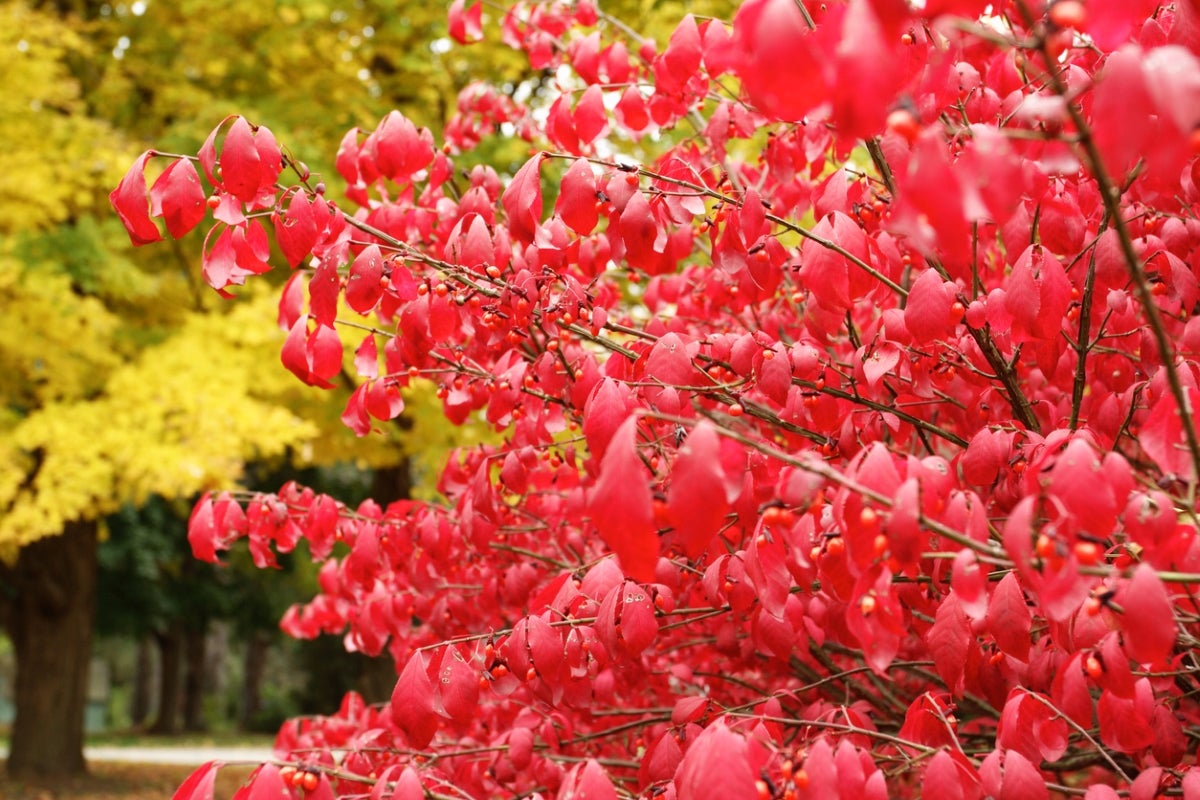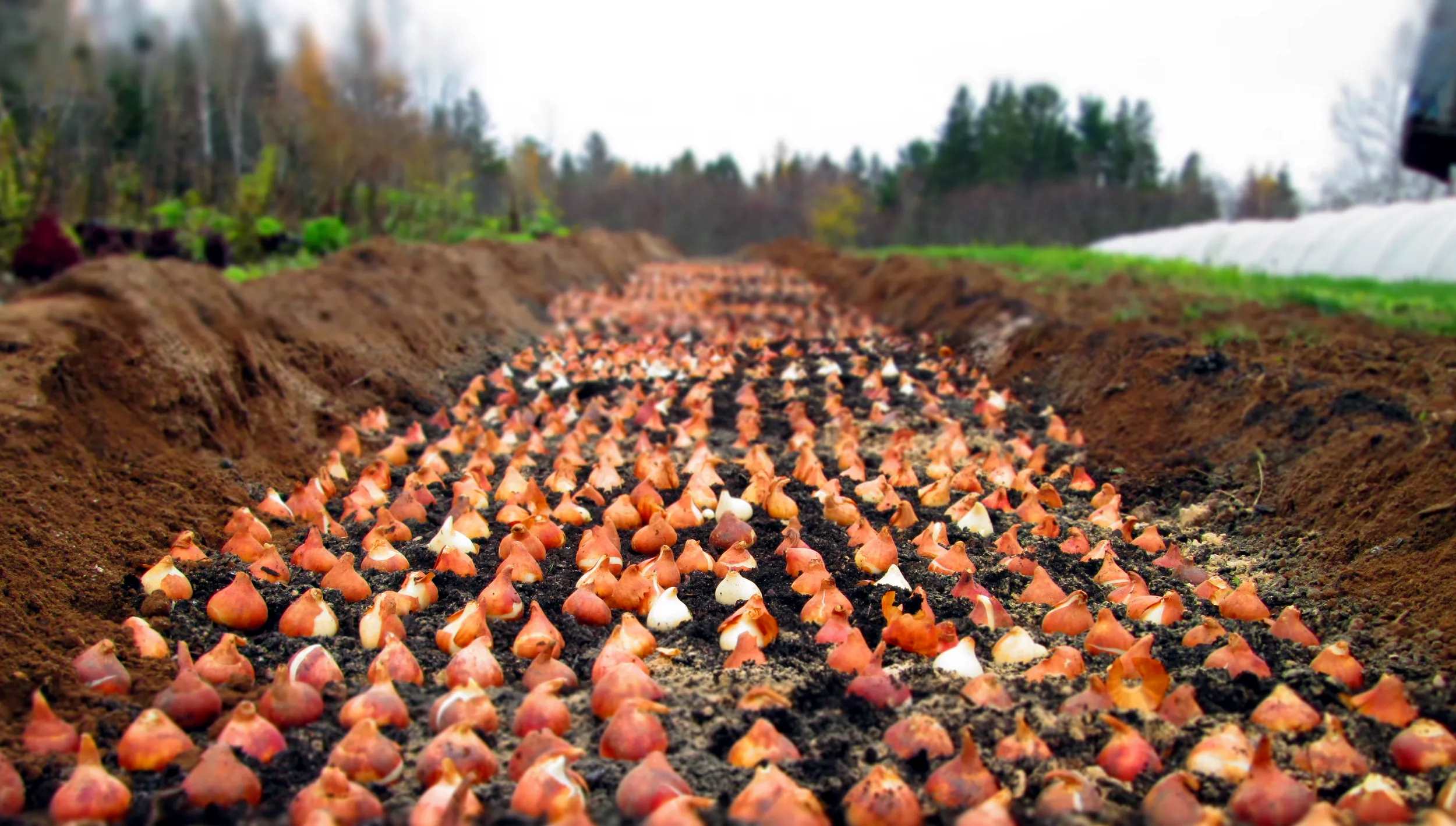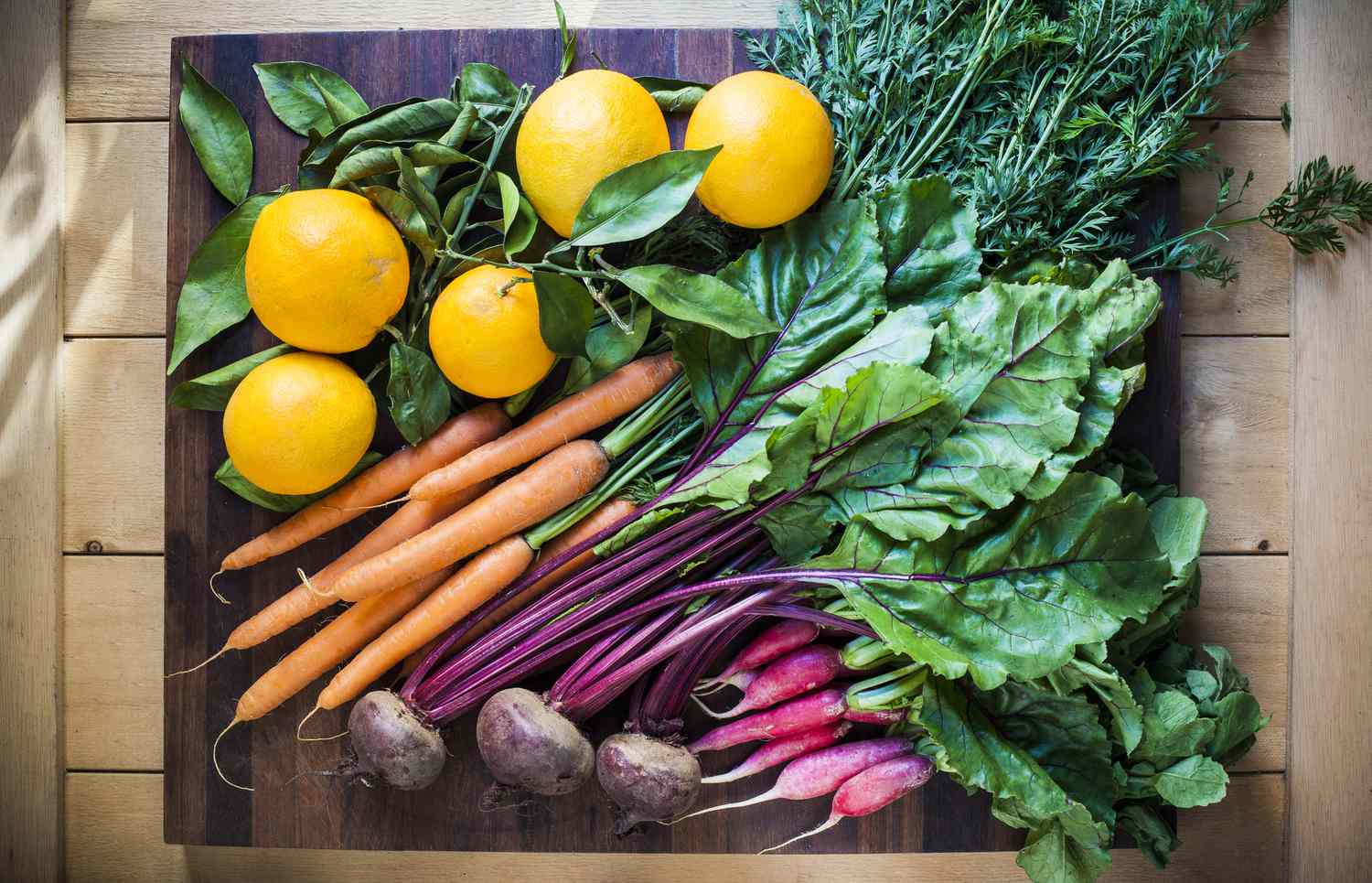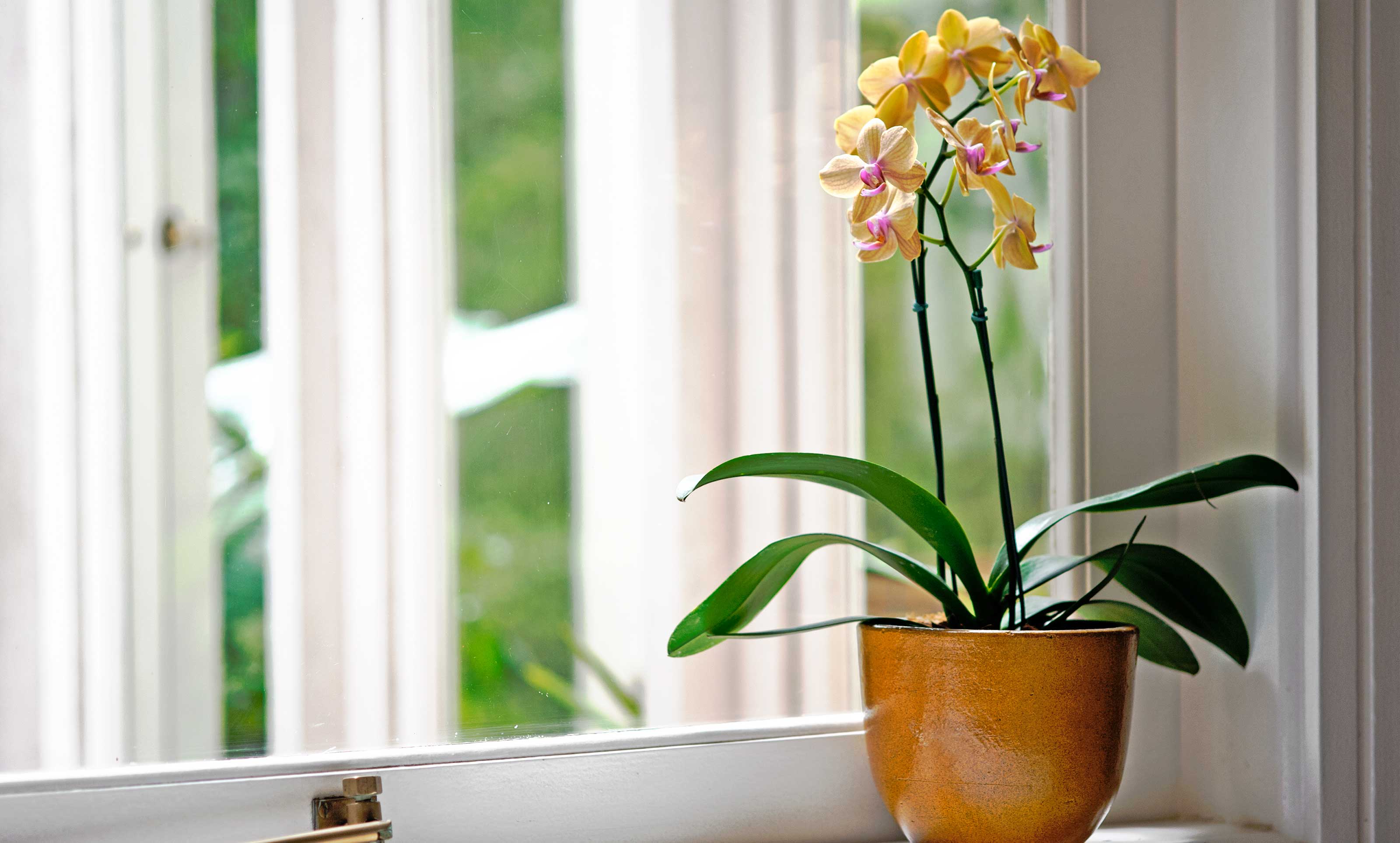Home>Gardening Techniques>Seasonal Gardening>When Is Fall Planting Season
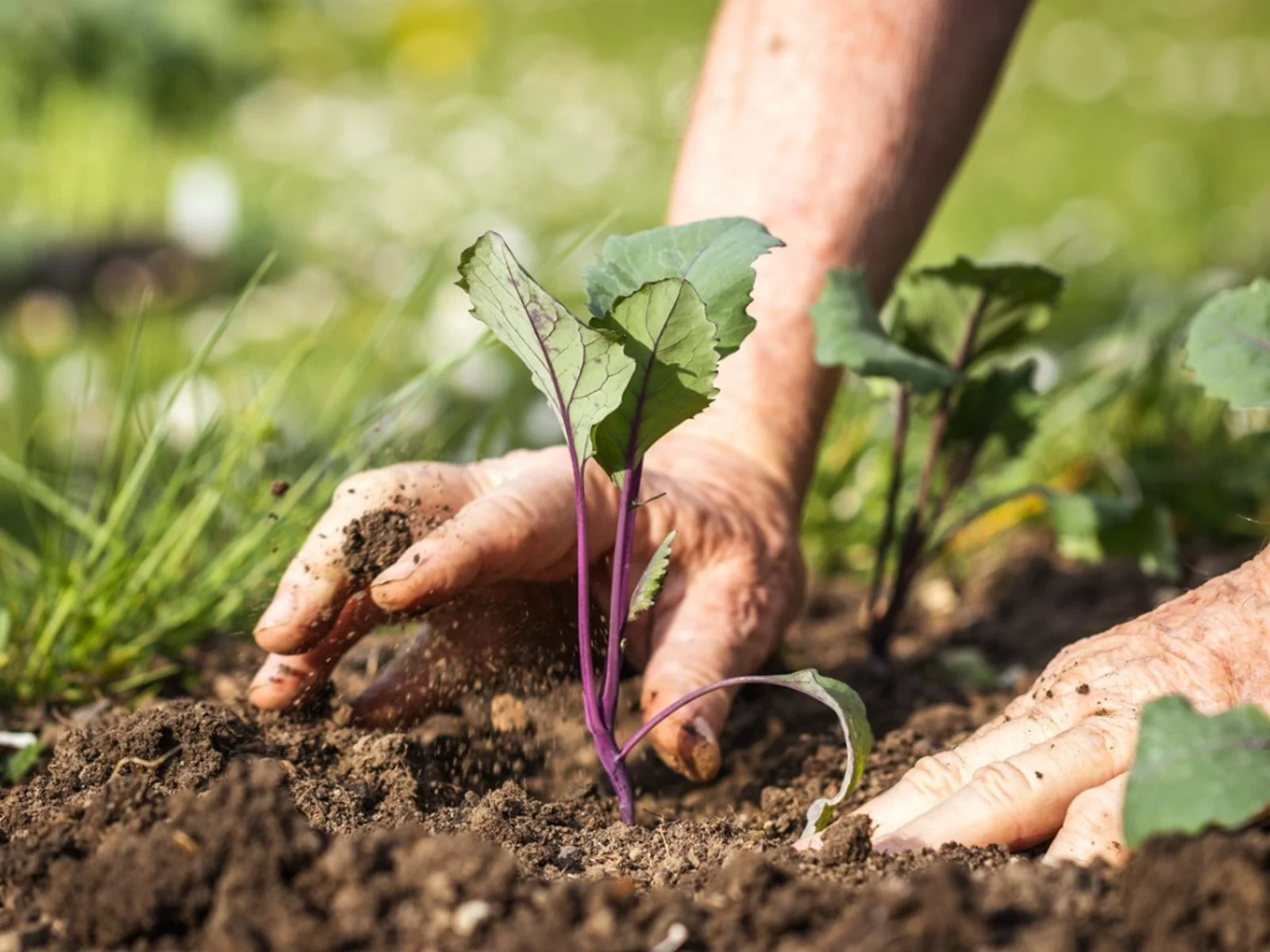

Seasonal Gardening
When Is Fall Planting Season
Modified: January 22, 2024
Discover the best time for fall planting in your garden with our comprehensive guide. Learn the ins and outs of seasonal gardening for a thriving and beautiful landscape.
(Many of the links in this article redirect to a specific reviewed product. Your purchase of these products through affiliate links helps to generate commission for Chicagolandgardening.com, at no extra cost. Learn more)
Table of Contents
Introduction
Welcome to the world of seasonal gardening! Whether you’re a seasoned gardener or just starting out, understanding the importance of planting during the right season is crucial for a successful garden. In particular, fall planting season is an opportune time to get your hands dirty and reap the benefits of cooler temperatures and ample moisture. So, when exactly does fall planting season begin?
Fall planting season typically starts as the summer heat begins to wane, usually around late August or early September. This transition period allows plants to establish their roots before the dormancy of winter sets in. However, it’s important to note that the exact timing may vary depending on your geographical location. It’s always best to consult local gardening resources or seek advice from experienced gardeners in your area to determine the specific dates.
Now, you may be wondering why fall planting is advantageous compared to other seasons. The cooler temperatures and more abundant rainfall create the perfect conditions for plants to establish themselves and develop strong root systems before the harsh winter arrives. This gives them a head start in the spring and increases their chances of surviving and thriving throughout the year.
In addition to favorable weather conditions, fall planting offers several other benefits. For one, it reduces the stress on plants because they don’t have to endure the scorching heat and water scarcity often associated with summer planting. This means less watering and maintenance for you. Fall-planted trees, shrubs, and perennials also have a longer period to establish their roots and get acclimated to the soil, resulting in healthier and more robust growth in the following seasons.
Another advantage of fall planting is the abundance of end-of-season plant sales and discounts. Nurseries and garden centers often offer great deals on plants that they need to clear out before winter. This presents an excellent opportunity to stock up on a variety of plants and save some money in the process.
In the next sections, we will delve deeper into the various factors to consider when planning your fall garden, how to choose the right plants, and important techniques for preparing the soil and planting. By the end of this article, you’ll be equipped with the knowledge and confidence to make the most of the fall planting season and create a beautiful and thriving garden.
Benefits of Fall Planting
Fall planting offers numerous benefits for both experienced gardeners and beginners. Let’s explore some of the advantages of planting during this season.
- Extended Root Development: When you plant in the fall, your plants have an extended period to develop their root systems before the onset of winter. This extra time allows them to establish strong and deep roots, which will provide a solid foundation for healthy growth in the future.
- Less Watering: Fall often brings more rainfall, reducing the need for frequent watering. The cooler temperatures and higher humidity levels make it easier for plants to retain moisture, resulting in less stress and less maintenance for you.
- Less Pest and Disease Pressure: Insects and diseases tend to be less prevalent in the fall, meaning your plants are less likely to suffer from pest damage or diseases. This gives them a better chance of thriving and reaching their full potential.
- More Time for Establishment: By planting in the fall, you give your plants ample time to acclimate to their new surroundings before the dormant winter period. This allows them to establish themselves and become stronger, ensuring better survival rates and healthier growth in the following seasons.
- Improved Spring Growth: Fall-planted perennials, shrubs, and trees have a head start in the spring compared to their counterparts planted in other seasons. This early establishment gives them a competitive advantage, resulting in faster and more vigorous growth once the warmer weather arrives.
- Opportunity for Clearance Sales: As the gardening season comes to an end, many nurseries and garden centers offer clearance sales to get rid of their remaining inventory. This presents an excellent opportunity to snag some great deals on plants, allowing you to expand your garden at a fraction of the cost.
With all these benefits, it’s no wonder that fall planting has become a popular practice among gardeners. The combination of favorable weather conditions, extended root development, and a head start in the spring makes it an advantageous time to get your hands dirty and cultivate a thriving garden.
Factors to Consider
While fall planting offers numerous benefits, there are several factors to consider before diving into your garden planning. Taking these factors into account will help ensure a successful and thriving garden.
- Climate: The first and most important factor to consider is your climate. Different regions have varying weather patterns and frost dates, which can greatly impact the success of fall planting. Research the average first frost date in your area to determine the ideal timeframe for planting. This will help you select suitable plants that can withstand the specific climate conditions.
- Plant Hardiness: Understanding the hardiness zones in your area is essential for selecting plants that can survive the winter. Refer to the USDA Plant Hardiness Zone Map or consult local gardening resources to identify the appropriate hardiness zone for your location. Choosing plants that are well-adapted to your specific zone will increase their chances of thriving during the colder months.
- Soil Quality: Assess the quality of your soil before planting. Fall is an ideal time to improve soil fertility and structure. Conduct a soil test to determine its pH level and nutrient content. Based on the results, you can amend the soil with organic matter, such as compost, to enrich its fertility and drainage capabilities. Well-prepared soil will provide a healthy growing environment for your plants.
- Plant Selection: Carefully choose plants that are suitable for fall planting. Look for varieties that are known for their resilience and ability to withstand cooler temperatures. Focus on planting perennials, bulbs, trees, and shrubs that will establish strong root systems during the fall season. Avoid planting annuals that will not survive the winter.
- Watering and Mulching: Even though fall brings more rainfall, it’s still important to water your plants appropriately. Monitor the moisture levels in the soil and water as needed to keep it evenly moist. Remember to stop watering a few weeks before the first expected frost to allow plants to harden off. Additionally, applying a layer of mulch around the base of plants will help retain moisture and insulate the roots against temperature fluctuations.
- Protection from Frost: Frost can damage or kill certain plants. Take necessary precautions by covering delicate plants with frost blankets or row covers when frost is expected. You can also create microclimates by placing plants near structures or using mulch to provide insulation.
By considering these important factors, you’ll be able to prepare accordingly and make informed decisions when it comes to your fall planting endeavors. Remember to adapt your approach based on the specific conditions and needs of your garden, and always stay attentive to the changing weather patterns in your area.
Choosing the Right Plants
When it comes to fall planting, selecting the right plants is essential for a successful and vibrant garden. Here are some factors to consider when choosing the plants for your fall garden.
- Fall Blooming Plants: Look for plants that bloom in the fall season. These include asters, mums, sedums, and ornamental grasses. Adding these plants to your garden will inject a burst of color and interest during the autumn months.
- Plant Hardiness: Ensure that the plants you choose are appropriate for your hardiness zone. Refer to the USDA Plant Hardiness Zone Map or consult local gardening resources to determine the recommended plants for your specific climate.
- Perennials: Select perennial plants that can establish their root systems during fall and return year after year. Examples of fall-planted perennials include coneflowers, peonies, and daylilies.
- Bulbs: Fall is the perfect time to plant bulbs for spring blooms. Daffodils, tulips, crocuses, and hyacinths are popular choices. Planting bulbs in the fall allows them to undergo a chilling period, which stimulates flower production in the spring.
- Evergreens: Incorporating evergreen trees and shrubs into your fall landscape will provide structure and interest throughout the year. These plants retain their foliage even in the coldest months, adding greenery and visual appeal when other plants go dormant.
- Fruit-Bearing Plants: Consider planting fruit trees or berry-producing shrubs in the fall. With proper care, they will establish their roots and bear fruit in the following seasons.
- Native Plants: Opt for native plants that are adapted to your region’s climate and soil conditions. They are often more resilient, require less maintenance, and provide essential habitat for local wildlife.
Additionally, be sure to consider the height, growth habit, and spacing requirements of the plants you choose. This will help you create a harmonious and visually appealing garden design. By selecting the right plants for your fall garden, you’ll ensure a vibrant and thriving landscape that will bring joy and beauty to your outdoor space.
Preparing the Soil
Proper soil preparation is crucial for the success of your fall garden. Taking the time to prepare the soil before planting will ensure that your plants have a healthy growing environment and optimal conditions for root development. Here are some steps to follow when preparing the soil for fall planting.
- Remove Weeds: Start by clearing the planting area of any weeds or unwanted vegetation. Weeds compete with your plants for nutrients and resources, so removing them will prevent them from overshadowing your plants.
- Loosen the Soil: Use a garden fork, hoe, or tiller to loosen the soil and break up any compacted areas. This will improve drainage and allow plant roots to penetrate the soil more easily.
- Amend the Soil: Conduct a soil test to determine the pH level and nutrient content of your soil. Based on the results, add organic matter such as compost, well-rotted manure, or leaf mold to improve soil fertility and structure. These organic materials will enrich the soil with essential nutrients and promote beneficial microbial activity.
- Work the Amendments: Incorporate the organic matter into the soil by mixing it thoroughly. Use a rake or garden fork to blend the amendments with the existing soil. This will ensure that the nutrients are distributed evenly and accessible to the plant roots.
- Level and Smooth: Once the amendments are mixed in, level the soil surface and smooth out any lumps or bumps. A smooth soil surface will make planting easier and provide a more aesthetically pleasing appearance to your garden.
- Test Moisture Levels: Before planting, check the moisture level of the soil. It should be slightly moist but not overly saturated. If the soil is too dry, water it lightly a day or two before planting to ensure that the plants have adequate moisture for establishment.
Remember, soil preparation is an ongoing process. It’s important to continuously nourish and care for the soil in your garden throughout the year. Regularly adding organic matter, practicing crop rotation, and avoiding excessive use of chemical fertilizers will help maintain a healthy and balanced soil ecosystem.
By taking the time to properly prepare your soil, you’ll provide your plants with a solid foundation for growth and ensure the long-term health and vitality of your fall garden.
Planting Techniques
Proper planting techniques are essential for the successful establishment of your fall garden. By following these guidelines, you’ll ensure optimal conditions for your plants to thrive and flourish. Here are some key planting techniques to keep in mind:
- Dig Properly-Sized Holes: When planting, make sure to dig holes that are wide and deep enough to accommodate the root system of each plant. A good rule of thumb is to dig a hole at least twice as wide and slightly deeper than the root ball or container. This will give the roots enough space to spread out and establish themselves.
- Loosen Roots and Massage Root Ball: Before placing the plants in the hole, gently loosen any tangled or circling roots. Massage the root ball with your hands, breaking up the compacted soil to encourage root growth into the surrounding soil.
- Position Plants Correctly: Place the plants in the hole at the same level they were growing in their containers. Avoid burying the crown or stem of the plant as it may lead to rot or disease. For taller plants, drive a stake into the hole to provide support as they grow.
- Backfill with Soil: Fill the hole around the plant with the soil mixture, gently firming it to eliminate air pockets. Be careful not to compact the soil too much, as this can hinder root growth and water drainage.
- Water Thoroughly: After planting, give your newly planted garden a deep watering to help settle the soil around the roots. This will encourage root-to-soil contact and ensure proper hydration for the plants.
- Apply Mulch: Apply a layer of organic mulch, such as shredded bark or straw, around the base of the plants. Mulch helps conserve moisture, regulate soil temperature, and prevent weed growth. Keep the mulch a few inches away from the stem of the plants to prevent rot and pests.
- Provide Adequate Care: Regularly monitor your newly planted garden and provide proper care as needed. Water the plants as necessary, keeping in mind that fall-planted gardens often require less frequent watering due to cooler temperatures and increased rainfall. Continue to remove weeds, monitor for pests, and provide any necessary support or staking as the plants grow.
Each plant may have specific planting requirements, so it’s always beneficial to refer to the individual plant’s instructions or consult a gardening resource for additional guidance. By implementing these planting techniques, you’ll give your fall garden the best chance to thrive and flourish as it transitions into the cooler months.
Maintenance and Care
Maintaining and caring for your fall garden is essential to ensure the continued health and success of your plants. While fall planting sets the foundation for a thriving garden, ongoing care is crucial. Here are some maintenance tasks and care tips to keep your garden flourishing:
- Watering: Proper watering is important, especially during the first few weeks after planting. While fall generally brings more rain, it’s still important to monitor soil moisture levels. Water your plants deeply when needed, ensuring the soil is evenly moist but not waterlogged. Adjust watering frequency based on rainfall and the specific needs of your plants.
- Weeding: Regularly remove weeds that compete with your plants for nutrients and water. Frequent weeding will help maintain a healthy and tidy garden. Apply a layer of mulch around your plants to suppress weed growth and conserve moisture.
- Fertilizing: Evaluate the nutrient levels in your soil and consider fertilizing if necessary. Apply a balanced, slow-release fertilizer in accordance with the manufacturer’s instructions. Remember, fall is a time for plants to focus on root development, so choose a fertilizer that promotes strong root growth.
- Pruning and Deadheading: Prune any damaged or dead branches from your trees and shrubs. Deadhead faded flowers to encourage continued blooming and prevent seed production. Regular pruning helps maintain the shape and health of your plants.
- Pest and Disease Control: Monitor your plants for pests and diseases. Take prompt action if you notice any signs of infestation or disease, such as discolored leaves, stunted growth, or damage to foliage. Use organic or environmentally-friendly methods to control pests and diseases, if possible.
- Protection from Frost: Keep an eye on the weather forecasts as temperatures start to drop. Cover tender plants with frost blankets or row covers when frost is expected. Move potted plants indoors or to a sheltered location to protect them from freezing temperatures.
- Mulching: Maintain a layer of mulch around your plants to help conserve soil moisture and regulate temperatures. Monitor the mulch and replenish as needed to maintain a depth of 2-3 inches. Keep mulch a few inches away from plant stems to prevent rot and pests.
- Observation and Adjustments: Regularly observe your garden to look for any signs of stress or issues. Adjust your care routine as needed based on the specific needs of your plants and environmental conditions. Stay attentive to changing weather patterns and make necessary adjustments to your watering and protection strategies.
Remember, proactive maintenance and care are key to cultivating a thriving fall garden. By providing the necessary attention and care for your plants, you’ll be rewarded with a beautiful and flourishing garden that will bring joy throughout the fall season and beyond.
Conclusion
As we reach the end of this guide, it’s clear that fall planting season offers numerous benefits and opportunities for gardeners. By taking advantage of the cooler temperatures and ample moisture that autumn brings, you can establish a strong foundation for your garden and set the stage for vibrant growth in the coming seasons.
Throughout this article, we’ve discussed the importance of planting during the right season and the specific advantages of fall planting. From extended root development and reduced watering needs to less pest pressure and improved spring growth, fall planting sets your garden up for success.
We’ve also explored the factors to consider, such as climate, plant hardiness, and soil quality, to ensure you make informed decisions when selecting the right plants for your fall garden. Preparing the soil properly and implementing proper planting techniques are crucial for the successful establishment of your plants.
Maintenance and care are essential for the ongoing health and vitality of your fall garden. Regular watering, weeding, fertilizing, and pest control measures will help keep your plants thriving. Protecting your garden from frost and observing any signs of stress or issues will allow you to make necessary adjustments and ensure the continued success of your plants.
Remember, gardening is a continuous learning process, and each garden is unique. Explore and experiment with different plants and techniques to tailor your fall garden to your specific preferences and conditions. Seek guidance from local gardening resources, connect with experienced gardeners in your area, and never hesitate to ask for advice.
So, as the temperatures cool down and the leaves change color, embrace the opportunity of fall planting season. Get your hands dirty, let your creativity bloom, and enjoy the rewards of your efforts as your fall garden flourishes with beauty and vitality.



